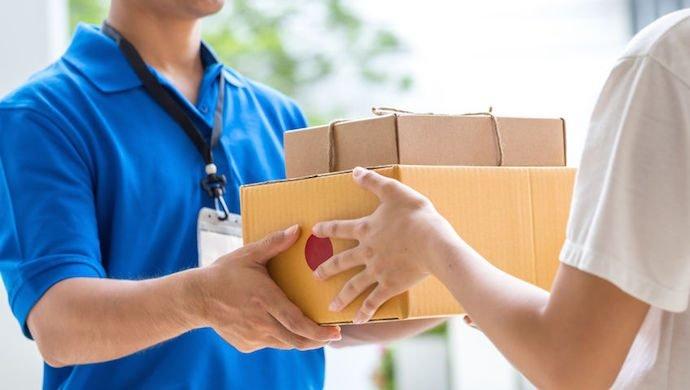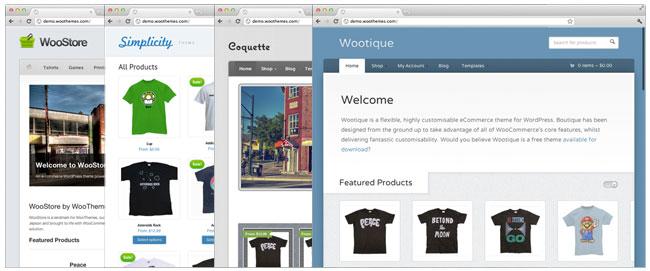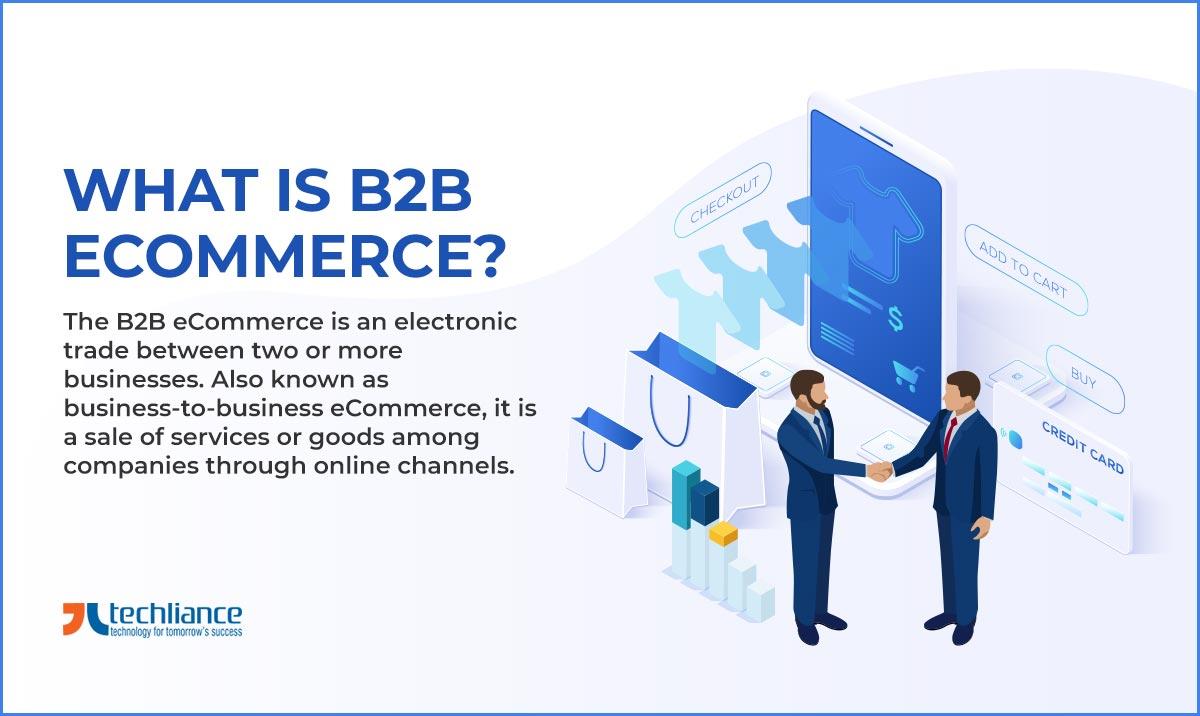In today’s fast-paced digital marketplace, the success of an ecommerce buisness hinges on more than just a sleek website or an impressive product range; it’s all about how you get those products into your customers’ hands.Welcome to the world of last-mile fulfillment – the final stretch of the delivery journey that can make or break your customer’s experiance. Imagine this: a customer eagerly awaits their order, tracking it every step of the way, and when it finally arrives, it’s not just a package; it’s a moment of joy. But what happens when that delivery is late, or worse, goes missing? Suddenly, what could have been a delightful experience turns into a headache for both the customer and your brand.
In this article, we’ll dive deep into the nuances of ecommerce delivery strategies, focusing specifically on how to optimize last-mile fulfillment. We’ll explore the challenges you might face, the innovative solutions available, and why getting this segment of your logistics right is crucial for customer satisfaction and loyalty. Whether you’re a seasoned ecommerce veteran or just starting out, understanding and refining your last-mile strategy could be the key to not just meeting but exceeding your customers’ expectations. So, let’s embark on this journey together and discover how you can turn every delivery into a moment of magic!
Understanding the Importance of last-Mile Fulfillment in Ecommerce
In the ever-evolving landscape of ecommerce, the last-mile fulfillment stage is a critical component that can make or break the customer experience. This final leg of the delivery process is responsible for getting products from distribution centers directly to consumers’ doorsteps. Understanding its significance helps businesses fine-tune their strategies, ultimately leading to higher customer satisfaction and loyalty.
Effective last-mile fulfillment involves various elements, including:
- Shipping Speed: Customers today expect lightning-fast delivery. Meeting or exceeding these expectations can significantly enhance satisfaction.
- Delivery Tracking: providing real-time updates keeps customers in the loop and reduces anxiety about their orders.
- Flexible Options: Offering choices such as same-day delivery, scheduled delivery, or pick-up locations caters to diverse customer needs.
Moreover, optimizing last-mile logistics can lead to reduced operational costs.By utilizing technology and data analytics, companies can identify the most efficient routes and methods for their deliveries. This not only minimizes delivery times but also lowers fuel and labor expenses, contributing to a more lasting business model.
| Last-Mile Strategies | Benefits |
|---|---|
| Route Optimization | Reduces delivery time and costs. |
| Use of Local Warehouses | Quickens delivery and improves inventory management. |
| Collaborative Delivery Models | Enhances versatility and resource efficiency. |
Furthermore, embracing innovative technologies such as drone deliveries and autonomous vehicles can revolutionize last-mile fulfillment. These advancements not only streamline the delivery process but also appeal to tech-savvy consumers who value convenience and reliability. By staying ahead of the curve, ecommerce businesses can set themselves apart in a competitive market.
prioritizing last-mile fulfillment is essential for any ecommerce operation aiming to enhance customer satisfaction. By implementing strategic initiatives focused on speed, clarity, and innovation, businesses can create a seamless delivery experience that keeps customers coming back for more.
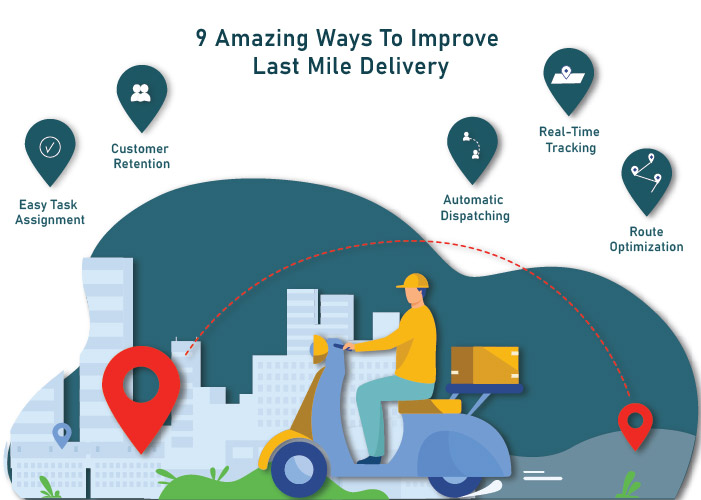
Identifying Key Challenges in last-Mile Delivery and How to Overcome Them
Last-mile delivery frequently enough presents a unique set of challenges that can significantly impact customer satisfaction and overall business efficiency. As eCommerce continues to grow,understanding these hurdles is crucial for any company looking to optimize their delivery strategy. Here are some key issues to consider:
- High Costs: the final leg of the delivery journey tends to be the most expensive. Factors such as fuel costs, labor, and vehicle maintenance can add up quickly.
- Time Sensitivity: Customers expect timely deliveries. Delays can lead to dissatisfaction and lost sales,making speed a critical component.
- routing Inefficiencies: Inefficient routing can lead to longer delivery times and increased operational costs. Understanding local traffic patterns and delivery windows is essential.
- Customer Communication: Lack of communication can frustrate customers. Providing real-time updates about their orders can enhance the delivery experience.
- Returns Management: Handling returns in the last-mile can be notably challenging. Customers expect easy and hassle-free return processes, which can strain resources.
To address these challenges, companies can adopt several strategies that enhance their last-mile delivery framework:
- Invest in Technology: Using route optimization software can significantly reduce shipping costs and delivery times. Technologies like GPS tracking and predictive analytics can provide valuable insights.
- Implement a Flexible Delivery Network: Consider leveraging third-party logistics providers or crowd-sourced delivery options to improve coverage and efficiency.
- Enhance Customer Engagement: Utilize SMS notifications and tracking apps to keep customers informed about their delivery status, which can definitely help set expectations and improve satisfaction.
- Streamline Returns: Establish a dedicated returns process that is easy for customers to navigate, enhancing their overall experience and encouraging repeat purchases.
| Challenge | Solution |
|---|---|
| High Delivery Costs | Optimize routes and utilize technology |
| Time Sensitivity | Implement same-day delivery options |
| Inefficient Routing | Use advanced route planning software |
| Poor Customer Communication | Enhance tracking and notification systems |
| Complex Returns | Establish a user-amiable returns policy |
by proactively identifying and addressing these challenges, eCommerce businesses can enhance their last-mile delivery processes, ultimately leading to improved customer satisfaction and increased loyalty. As the market continues to evolve, staying ahead of these challenges will be key to maintaining a competitive edge in the fast-paced world of online retail.
Leveraging Technology to Enhance Delivery Efficiency and Customer Experience
In today’s fast-paced ecommerce landscape, leveraging technology is crucial for enhancing both delivery efficiency and customer experience. By adopting innovative tools and methodologies, businesses can streamline their last-mile fulfillment processes, ensuring that products arrive at customers’ doorsteps quickly and reliably.
one of the most effective ways to achieve this is through the use of real-time tracking systems. These technologies not only keep customers informed about their order status but also empower companies to monitor delivery performance. By implementing GPS-enabled delivery apps, businesses can:
- Provide accurate delivery windows
- Optimize routes for delivery drivers
- Reduce wait times and improve customer satisfaction
Another game-changer in last-mile delivery is the integration of artificial intelligence and machine learning.These technologies analyze vast amounts of data to predict demand patterns and optimize inventory management. By understanding customer preferences and seasonal trends, businesses can:
- Ensure product availability
- Minimize delivery delays
- enhance personalized marketing efforts
Collaboration with third-party logistics (3PL) providers is also essential.By utilizing their expertise and established networks,ecommerce companies can scale their operations without compromising on service quality. This partnership allows businesses to:
- Expand their delivery reach
- Access advanced logistics technology
- Enhance customer service with local delivery options
| Technology | Benefits for Delivery |
|---|---|
| Real-time Tracking | Improved transparency and customer confidence |
| AI & Machine Learning | Optimized inventory and personalized service |
| 3PL Partnerships | Expanded reach and efficiency |
Incorporating these technological advancements not only enhances operational efficiency but also creates a seamless experience for customers. By prioritizing innovation,businesses can foster loyalty and drive growth in an increasingly competitive market.

The Role of Data Analytics in Crafting a Winning Delivery Strategy
In the ever-evolving world of ecommerce, data analytics has emerged as a cornerstone for developing effective delivery strategies. By leveraging data, businesses can gain insights into customer preferences, operational efficiencies, and potential bottlenecks in the delivery process. This allows companies not only to meet but exceed customer expectations, fostering loyalty and driving repeat purchases.
Understanding Customer Preferences: Collecting and analyzing customer data enables businesses to tailor their delivery options. Here are a few ways data analytics helps:
- Personalized Delivery Choices: By examining past purchase behaviors, companies can offer delivery options that meet individual customer needs, such as same-day delivery or scheduled delivery times.
- Geographic Insights: Analyzing delivery patterns can pinpoint high-demand areas, allowing businesses to optimize their delivery routes and reduce shipping times.
- Customer Feedback Analysis: Utilizing sentiment analysis tools can definitely help businesses understand service gaps and refine their delivery approaches based on direct consumer feedback.
Enhancing Operational Efficiency: Data analytics isn’t just about understanding customers; it’s also about improving internal processes. By evaluating data on delivery times,costs,and performance metrics,companies can identify inefficiencies:
- Route Optimization: Advanced algorithms can analyze traffic and weather patterns,helping businesses choose the fastest and most cost-effective delivery routes.
- Inventory Management: Predictive analytics can forecast demand trends, ensuring products are in stock and ready to be shipped, minimizing delays.
- Performance Tracking: Monitoring key performance indicators (KPIs) related to delivery can highlight areas for improvement, ensuring that teams are held accountable and continuously striving for excellence.
Minimizing Costs: Implementing data-driven strategies can significantly reduce operational costs. Here are some ways analytics contribute to cost savings:
| Cost Factor | Analytics Impact |
|---|---|
| Fuel Costs | Optimized routes reduce fuel consumption. |
| Labor Expenses | Efficient scheduling minimizes overtime. |
| Returns Management | Predictive analytics reduce return rates. |
Ultimately, the intelligent use of data analytics allows businesses to stay ahead of the curve in a highly competitive market. By focusing on the customer experience and continuously refining their processes, ecommerce companies can not only enhance satisfaction but also solidify their market presence.
Exploring Sustainable Delivery Options to Meet Customer Expectations
The growing demand for faster and more sustainable delivery options has transformed the logistics landscape. Consumers are increasingly aware of their environmental impact and are more likely to support brands that prioritize sustainability.Meeting these expectations requires a rethinking of traditional delivery models and an embrace of innovative solutions that balance speed and eco-friendliness.
One effective way to enhance sustainability in last-mile delivery is to leverage local fulfillment centers. By strategically placing warehouses closer to urban areas, ecommerce businesses can significantly reduce transportation distances, leading to lower carbon emissions.This not only speeds up delivery times but also aligns with customer preferences for faster shipping without the environmental guilt.
Moreover, integrating green transportation options into the delivery fleet is crucial. Companies can explore electric vehicles, bicycles, and even walking couriers in dense urban settings. These methods not only minimize emissions but also enhance the brand’s image, making it more appealing to eco-conscious consumers. The shift towards sustainable transportation can also provide cost savings in the long run due to reduced fuel expenses.
In addition, partnering with local carriers that prioritize sustainability can yield important benefits. Local delivery services are frequently enough more agile and can offer personalized delivery experiences that resonate with customers.By collaborating with providers that share a commitment to green practices, ecommerce businesses can reinforce their sustainability message and improve overall customer satisfaction.
| Delivery Method | Environmental Impact | Customer Preference |
|---|---|---|
| Electric Vehicles | Low emissions, renewable energy potential | High – Eco-friendly appeal |
| Bicycle Delivery | no emissions, promotes healthy lifestyles | Medium – Great for local deliveries |
| Walking Couriers | No emissions, minimal footprint | Medium – Personal touch in urban areas |
| Drone Delivery | Potential for reduced congestion | Emerging – Innovative and fast |
Lastly, engaging customers in the sustainability journey can enhance loyalty. by providing options for consolidated deliveries—where customers can choose to receive fewer packages over a longer period—businesses can reduce the overall carbon footprint. Encouraging customers to opt for eco-friendly delivery choices not only strengthens their commitment to sustainability but also fosters a stronger connection between the brand and its audience.
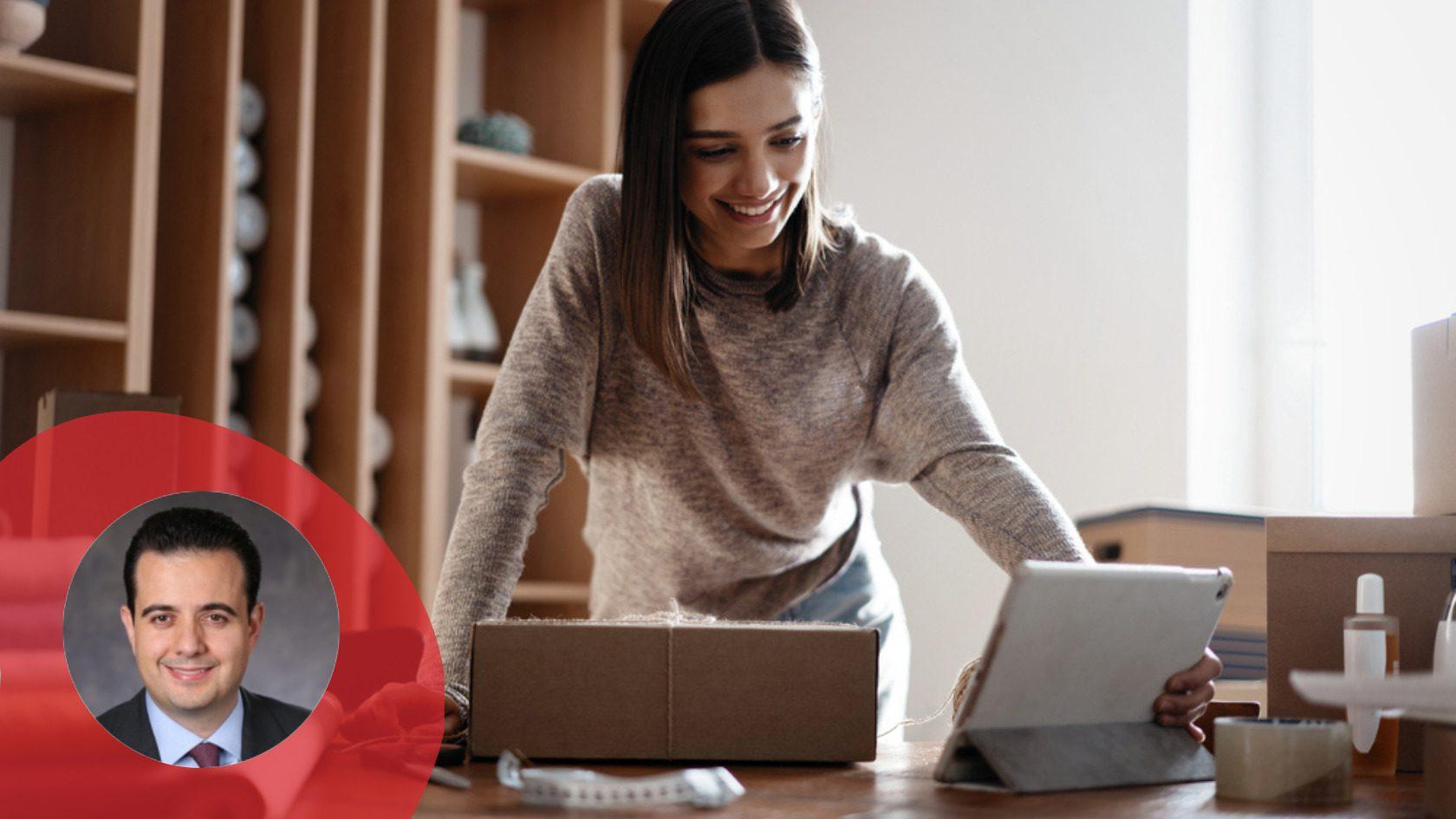
Personalizing the Delivery Experience: Making Customers Feel Valued
In the competitive world of ecommerce, the delivery experience can make or break customer satisfaction. Personalization is key to ensuring that customers feel valued throughout this critical phase of their purchase. By integrating tailored elements into the delivery process, businesses can create lasting impressions that foster loyalty and encourage repeat purchases.
Consider implementing the following strategies to enhance the delivery experience:
- Customized notifications: Keep customers informed with personalized tracking updates that reflect their preferences. Whether they prefer text, email, or app notifications, providing options enhances their sense of control.
- Flexible Delivery Options: Allow customers to choose their delivery windows or locations. This flexibility not only caters to their schedules but also demonstrates an understanding of their individual needs.
- Personal Touches: Include handwritten thank-you notes or small gifts in packages. These thoughtful gestures can leave a lasting impression, making customers feel appreciated and special.
Moreover,leveraging data analytics can further refine the delivery experience. By analyzing customer behaviour and preferences, businesses can anticipate needs and streamline their logistics accordingly. As a notable example, if data shows that a customer frequently receives packages at work, prioritize that delivery method for future orders.
| Personalization Strategies | benefits |
|---|---|
| Customized Notifications | Enhances communication and builds trust. |
| Flexible Delivery Options | Increases convenience and satisfaction. |
| Personal Touches | Creates emotional connections and loyalty. |
don’t underestimate the power of feedback.Engaging with customers post-delivery through surveys or follow-up messages can provide invaluable insights into their experiences. This not only shows that you care about their opinions but also gives you the chance to address any issues and improve future deliveries.
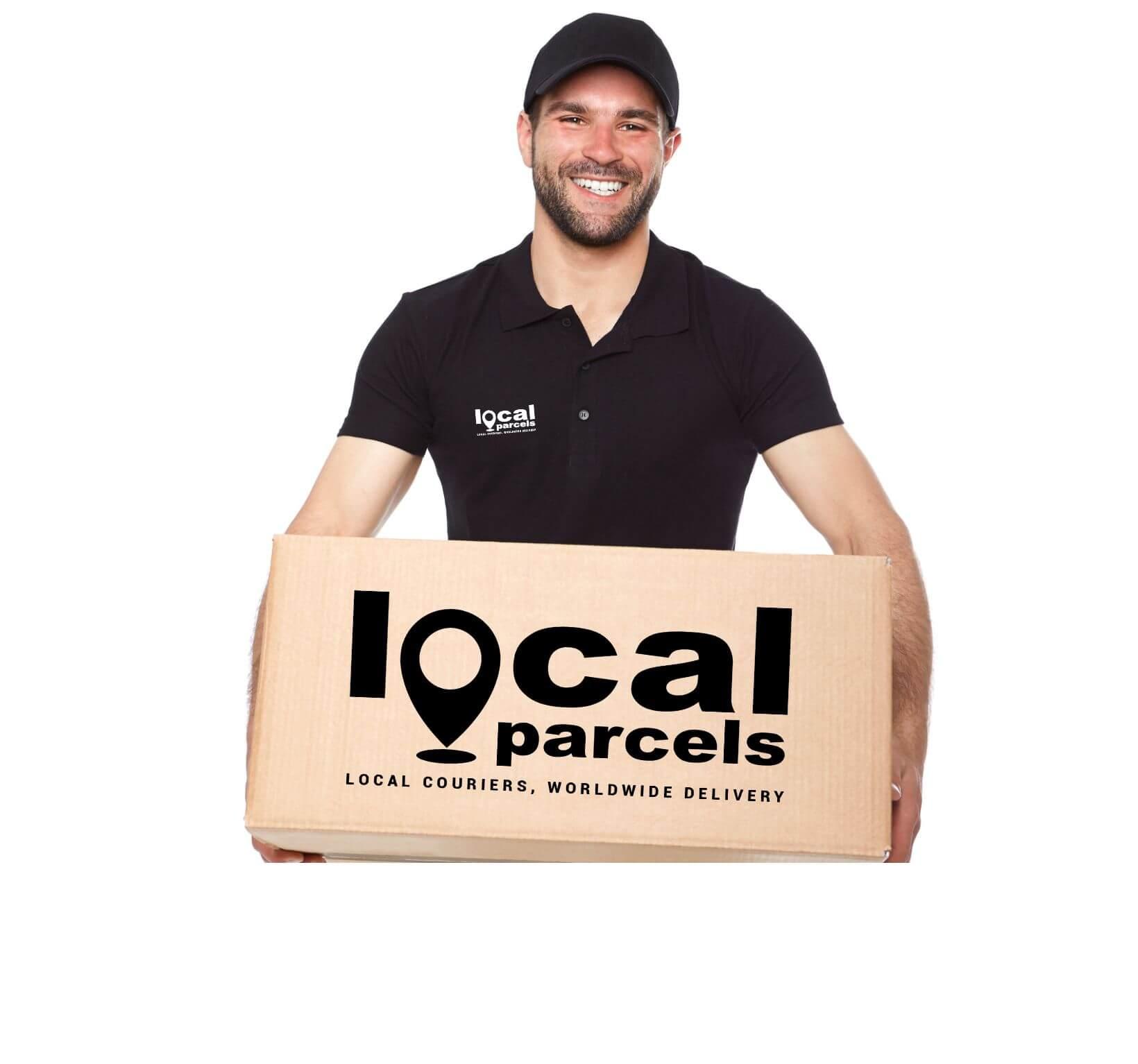
Building Strong Partnerships with Local Couriers for Faster Service
In today’s fast-paced ecommerce landscape,swift and reliable delivery is essential for customer satisfaction. Collaborating with local couriers can significantly enhance your last-mile fulfillment by leveraging their intimate knowlege of the area, ensuring that packages arrive on time and in perfect condition.
Why Choose Local Couriers? There are several compelling reasons to partner with local delivery services:
- Speed: Local couriers can navigate traffic and avoid delays associated with larger shipping companies.
- Flexibility: They often have more adaptable scheduling options,allowing for same-day and last-minute delivery.
- Customer Interaction: Local couriers can provide a personalized delivery experience, which can enhance customer loyalty.
Building Strong Relationships with local couriers is crucial. This involves not just establishing contracts but actively engaging with them to understand their capabilities and limitations. Here are some effective strategies to strengthen these partnerships:
- Regular Communication: Keep lines of communication open to discuss any issues or adjustments in service requirements.
- Feedback Loop: Gather customer feedback on delivery experiences and share it with your couriers for continuous improvement.
- Incentive Programs: Consider implementing performance-based incentives to motivate couriers to provide exceptional service.
when selecting local courier partners, it’s essential to evaluate their performance metrics. Consider the following factors:
| Criteria | Importance Level |
|---|---|
| Delivery Speed | High |
| Reliability | High |
| Customer Service | Medium |
| Cost | medium |
By focusing on these criteria, you can ensure that your partnerships with local couriers are aligned with your business goals, ultimately leading to a more efficient delivery process and increased customer satisfaction.
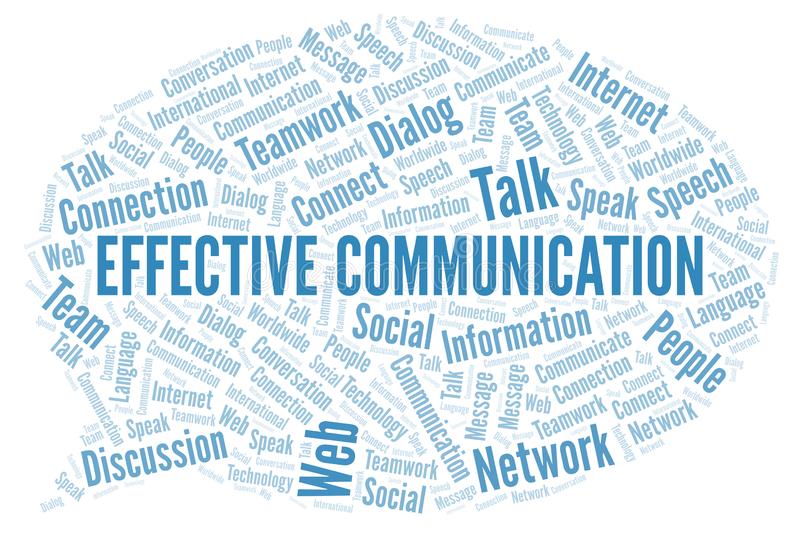
Effective Communication: Keeping Customers Informed Every Step of the Way
In the fast-paced world of ecommerce, customers expect transparency and timely updates throughout the delivery process.By prioritizing communication, businesses can significantly enhance customer satisfaction, build trust, and foster loyalty. Here are some effective strategies to keep your customers informed:
- Automated Notifications: Leverage technology to send automated emails or SMS notifications at key stages of the delivery process, such as order confirmation, dispatch, and delivery. This not only keeps customers informed but also reduces the number of inquiries to your support team.
- Tracking Links: Provide real-time tracking links that allow customers to follow their packages from warehouse to doorstep. A simple click can turn uncertainty into assurance, making the waiting period less stressful.
- Obvious Delivery Estimates: Offer clear delivery timeframes during checkout. If delays arise, communicate these proactively, explaining the reasons and providing updated delivery estimates. Customers appreciate honesty and are more likely to remain satisfied even when issues occur.
Moreover,consider implementing a customer feedback loop. This can be as simple as an email survey post-delivery, asking customers about their experience. This not only shows that you value their opinion but also provides insights that can improve your logistics and communication strategies.
For those interested in metrics, here’s a brief comparison of communication methods and their effectiveness:
| Communication Method | Effectiveness Rating (1-5) |
|---|---|
| Email Updates | 4 |
| SMS Notifications | 5 |
| In-App Notifications | 4 |
| Social Media Updates | 3 |
By integrating these practices into your ecommerce delivery strategy, you not only enhance the customer experience but also differentiate your brand in a competitive marketplace. Remember, effective communication isn’t just about sending messages; it’s about creating a seamless and reassuring experience that keeps customers coming back for more.

Measuring Success: key Metrics to Track Customer Satisfaction in Delivery
Understanding customer satisfaction in the realm of delivery is crucial for any ecommerce business. To gauge how well your performing in this area,there are several key metrics that you should consistently monitor. These metrics not only offer insights into customer experiences but also reveal areas for improvement, helping you refine your last-mile fulfillment strategy.
One of the most telling indicators of customer satisfaction is the Net Promoter Score (NPS).This metric gauges the likelihood of customers recommending your service to others. By asking customers a simple question post-delivery—”On a scale of 0-10, how likely are you to recommend us?”—you can categorize them into promoters, passives, or detractors. Tracking this score over time will help you identify trends in customer sentiment and the overall effectiveness of your delivery service.
Another essential metric to consider is the On-Time Delivery Rate. This percentage indicates how many orders were delivered within the promised timeframe. A high on-time delivery rate often correlates with high customer satisfaction. monitoring this metric allows you to pinpoint possible delays in your logistics process, so you can implement strategies to enhance efficiency.You may also want to track the Average Delivery Time, as understanding how long it takes for orders to reach customers can highlight bottlenecks in your delivery system.
| Metric | Importance | How to Measure |
|---|---|---|
| Net Promoter Score (NPS) | Measures customer loyalty and satisfaction | Survey post-delivery |
| On-Time Delivery Rate | Indicates reliability of delivery service | Track delivery dates vs. promised dates |
| Average delivery Time | Highlights efficiency in the delivery process | Calculate total delivery time for all orders |
Additionally, consider monitoring Customer Satisfaction Score (CSAT), which can be obtained through post-delivery surveys asking customers to rate their satisfaction with the delivery experience. This immediate feedback provides actionable insights that can guide your operational improvements.Lastly, don’t underestimate the value of return Rates; a high return rate might indicate dissatisfaction with product quality or delivery issues, prompting you to analyze and address the root causes.
By focusing on these key metrics,you can develop a comprehensive understanding of your customers’ experiences. This data-driven approach will empower you to make informed decisions, optimize your last-mile delivery strategy, and ultimately enhance customer satisfaction. Keeping your finger on the pulse of these performance indicators not only fosters loyalty but also sets your ecommerce business apart in a competitive landscape.
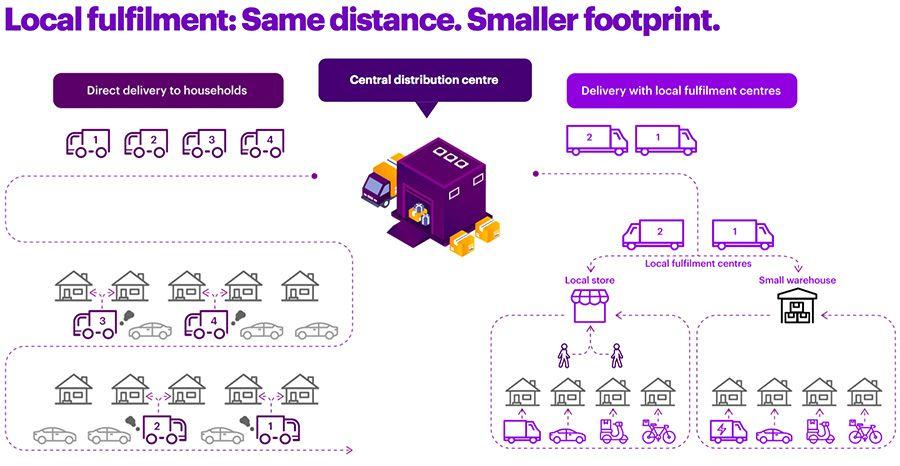
Future Trends in Last-Mile Fulfillment: Preparing for the Next Evolution in ecommerce
As eCommerce continues to revolutionize the retail landscape, last-mile fulfillment is emerging as a critical focal point for businesses striving to enhance customer satisfaction. Tomorrow’s trends in this segment will necessitate innovative approaches that prioritize efficiency and responsiveness. With consumers increasingly demanding faster, more reliable delivery options, companies must adapt their logistics strategies to meet these expectations head-on.
Personalization will play a pivotal role in shaping future last-mile delivery strategies. Companies are beginning to leverage data analytics to understand customer preferences better, allowing for tailored delivery experiences. Features such as:
- Flexible delivery windows
- Real-time tracking updates
- Customized delivery options (e.g., pickup points, lockers)
These enhancements empower customers to choose their preferred delivery method, thus improving overall satisfaction and loyalty. The integration of AI and machine learning will further refine this process by predicting delivery patterns and optimizing routing.
Another significant trend is the rise of sustainable delivery options. With an increasing number of consumers prioritizing environmental responsibility, eCommerce businesses are under pressure to minimize their carbon footprints. Strategies may include:
- electric vehicle (EV) fleets for deliveries
- Partnerships with green logistics providers
- Encouraging the use of eco-friendly packaging
By adopting these practices, businesses not only appeal to eco-conscious consumers but also position themselves as industry leaders in sustainability.
the use of automation and robotics is set to revolutionize last-mile delivery. From drones delivering packages in urban settings to autonomous delivery vehicles navigating suburban neighborhoods, the future is radiant for tech-driven logistics solutions. A recent study indicates that:
| Technology | Impact on Delivery |
|---|---|
| Drones | Speeding up delivery times, especially for small packages |
| Robots | Reducing labor costs and increasing efficiency in urban areas |
| AI Routing | Optimizing delivery paths and reducing fuel consumption |
by embracing these technologies, eCommerce companies can not only enhance their operational efficiency but also elevate the customer experience, making deliveries faster and more reliable.
Frequently Asked Questions (FAQ)
Q: What is last-mile fulfillment, and why is it important for ecommerce businesses?
A: Last-mile fulfillment refers to the final step of the delivery process when a package is transported from a distribution center or local hub to the customer’s doorstep. It’s crucial because it’s often the most visible part of the delivery experience for customers.A smooth last-mile process can lead to higher customer satisfaction, repeat purchases, and positive word-of-mouth, while delays or issues can really frustrate shoppers and drive them to competitors.
Q: How can ecommerce businesses optimize their last-mile delivery?
A: There are several strategies to consider! first, investing in technology can streamline operations—think route optimization software or real-time tracking systems. Second, consider diversifying your delivery options. Offering same-day delivery, click-and-collect, or partnerships with local couriers can enhance flexibility. Lastly,gathering customer feedback can provide insights into pain points,allowing you to make targeted improvements.
Q: What role does customer communication play in last-mile fulfillment?
A: Communication is key! Keeping customers informed about their order status—from confirmation emails to delivery notifications—can significantly enhance their experience. Providing a tracking option allows them to follow their package’s journey, reducing anxiety and ensuring they know when to expect their delivery. good communication builds trust, and that trust translates into loyalty.
Q: Are there specific technologies that can definitely help with last-mile logistics?
A: Absolutely! Technologies like GPS tracking, mobile applications for delivery personnel, and AI-driven analytics tools can greatly improve efficiency. For example, using data analytics helps predict demand patterns, allowing businesses to prepare better for peak times. Additionally, implementing automated systems for inventory management can streamline order processing and reduce delays.
Q: Can offering multiple delivery options really make a difference?
A: Definitely! Offering choices like same-day delivery, scheduled delivery, or pick-up points gives customers the power to choose what works best for them. This flexibility can enhance their overall shopping experience and lead to increased satisfaction. When customers feel their needs are prioritized, they’re more likely to return to your store.
Q: What are some common pitfalls to avoid in last-mile delivery?
A: One common pitfall is underestimating the importance of planning. Rushing to implement a last-mile strategy without a clear plan can lead to operational inefficiencies. Another mistake is failing to adapt to customer preferences; ignoring their feedback can result in missed opportunities for improvement. Lastly, not investing in customer service during the delivery process can tarnish your brand reputation.
Q: How does last-mile fulfillment impact overall customer satisfaction?
A: Last-mile fulfillment is a significant component of the customer journey.If this stage is seamless, customers are likely to have a positive impression of your brand. But if there are delays, damaged packages, or poor communication, it can overshadow even great products. Prioritizing last-mile delivery can turn a one-time shopper into a loyal customer who advocates for your brand.
Q: What’s the bottom line for ecommerce businesses regarding last-mile delivery?
A: The bottom line is that optimizing last-mile fulfillment isn’t just a logistical challenge; it’s a customer satisfaction imperative. The effort you put into refining your delivery strategy can lead to happier customers, increased loyalty, and ultimately, higher sales. Investing in last-mile solutions is not just smart—it’s essential for thriving in today’s competitive ecommerce landscape. So, why wait? Start enhancing your delivery strategy today!
In Summary
as we wrap up our exploration of eCommerce delivery strategies, it’s clear that optimizing last-mile fulfillment is not just a logistical challenge—it’s a golden prospect to elevate customer satisfaction and loyalty. In a world where convenience and speed dictate shopping choices, businesses that master this aspect of their operations will not only stand out but thrive in a competitive marketplace.
Remember, every package delivered on time and every smile from a satisfied customer contributes to your brand’s reputation. So, whether you’re a small startup or an established enterprise, investing in innovative delivery solutions and understanding your customers’ needs can make all the difference.
Now’s the time to rethink your approach. Are you ready to take your last-mile fulfillment to new heights? Embrace the challenge, implement the strategies we’ve discussed, and watch your customer satisfaction soar. After all, in eCommerce, happy customers are your best promotional tools. Let’s get delivering!

